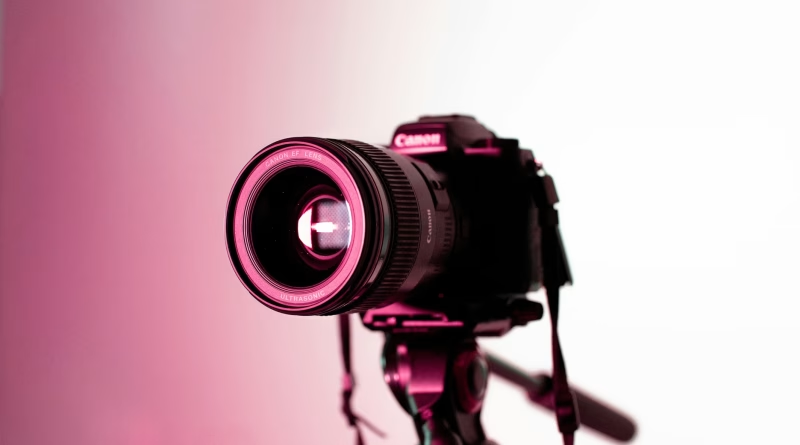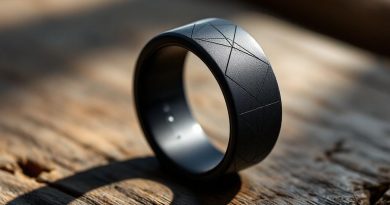Sony A7C III vs. Canon R7 vs. Nikon Z5: Best Mirrorless Camera for Hybrid Creators in 2025
Hybrid creators — those who shoot both high-quality video and stills — need a camera that balances performance, portability, and workflow flexibility. In 2025, three mid-range mirrorless cameras are leading the charge: the Sony A7C III, the Canon EOS R7, and the Nikon Z5.
Whether you’re shooting YouTube videos, client work, or building your photography portfolio, choosing the right mirrorless body can make all the difference. Let’s compare these three across real-world creative use cases.
Sensor & Image Quality
- Sony A7C III: Full-frame 33MP BSI CMOS sensor. Great for low-light, high detail, and shallow depth of field. Delivers rich colors with 14-bit RAW support.
- Canon R7: APS-C 32.5MP sensor. Excellent sharpness and dynamic range for its size, with a slight crop factor that benefits wildlife and sports shooters.
- Nikon Z5: Full-frame 24.3MP CMOS sensor. Slightly older, but still delivers consistent color and tone for general use.
📸 Insight: If full-frame flexibility and low-light performance matter, Sony is the winner. Canon R7 is ideal for those who want reach and resolution in a compact, affordable package.
Video Capabilities
- Sony A7C III: 4K at 60fps (full-frame), 10-bit 4:2:2 internal recording, excellent autofocus, real-time tracking, and active stabilization. S-Log3 and HLG support for grading.
- Canon R7: 4K at 60fps (oversampled from 7K), 10-bit C-Log3, dual pixel autofocus, in-body stabilization — a true video beast for the price.
- Nikon Z5: 4K at 30fps (with crop), no 10-bit internal, lacks advanced video features but solid for casual creators.
🎥 Pro Tip: For serious hybrid shooters, the Canon R7 punches well above its weight in video. Sony’s color profiles and autofocus feel more cinematic. Nikon is best for stills-first users dabbling in video.
Autofocus & Stabilization
- Sony: Real-time eye autofocus (human, animal, bird), ultra-fast hybrid AF system. Reliable and sticky.
- Canon: Dual Pixel CMOS AF II — incredibly smooth, subject-aware, and great for video transitions.
- Nikon: Contrast-detect + phase-detect AF — slower and less reliable than Sony/Canon in fast-action scenarios.
🎯 Autofocus Verdict: Sony is most versatile. Canon is neck-and-neck for video work. Nikon lags in autofocus for hybrid creators.
Body, Handling & Portability
- Sony A7C III: Compact, rangefinder-style build with fully articulating screen and improved grip. Only 514g — excellent for travel.
- Canon R7: Slightly larger DSLR-style body, deep grip, weather-sealed, dual SD card slots.
- Nikon Z5: Heavier body, classic Nikon ergonomics, sturdy but dated in control layout.
🏋️ Handling Tip: Sony is best for one-handed shooting and vlogging. Canon is balanced and practical for longer sessions. Nikon is solid but feels bulkier for creators on the move.
Lens Ecosystem & Accessories
- Sony E-Mount: Massive lens support from Sony, Sigma, Tamron, and others. Great third-party lens compatibility.
- Canon RF-Mount (APS-C): Limited native RF-S lenses, but can use full-frame RF glass. Not ideal for budget lens hunters yet.
- Nikon Z-Mount: Growing slowly. Third-party support improving, but still behind Sony.
🔍 Lens Insight: Sony gives you the widest, most affordable ecosystem. Canon has potential but is still maturing. Nikon Z-mount is catching up but remains more niche.
Battery Life & Storage
- Sony A7C III: Up to 680 shots, USB-C PD charging, single UHS-II SD card slot.
- Canon R7: Around 660 shots, dual card slots, USB-C charging.
- Nikon Z5: Approx. 470 shots, dual card slots, older EN-EL15 batteries.
🔋 Note: Sony and Canon perform well here. Nikon slightly trails in efficiency and futureproofing.
🏁 So, Which One Should You Use?
- Choose Sony A7C III if you want a compact full-frame beast that shoots excellent photos and cinematic video with pro-grade autofocus. Best for creators on the go.
- Choose Canon EOS R7 if you’re a hybrid content creator who values oversampled 4K, fast burst rates, and reliable autofocus — especially for wildlife, sports, or YouTube.
- Choose Nikon Z5 if your focus is primarily still photography, and you want a full-frame Nikon with good color science — on a budget.
Each camera offers value — but the right one depends on how much video you shoot, how mobile you are, and which lens system you’re investing in.




